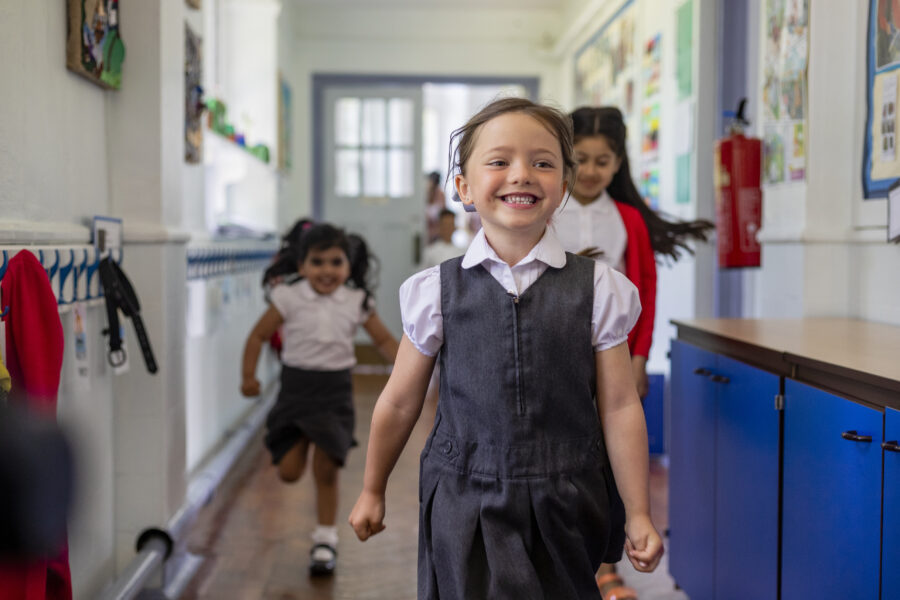

To support schools in meeting their obligations under the Department for Education’s (“DfE”) statutory guidance on the cost of school uniforms, the DfE has published the guidance “Procuring school uniform supplies”, on running competitive tendering processes to ensure the best value for money for parents.
The guidance is applicable where a school has branded items of school uniform, meaning it has distinctive characteristics which make it unique to the school, taking the meaning of ‘branded’ beyond items that simply bear the school’s logo. Where a school has a sole supplier for any of its items of uniform there is a requirement to run regular tendering competitions allowing more than one supplier to complete for the contract, and the school to secure best value.
Schools need to ensure that their uniform supplier arrangements prioritise cost and value for money for parents. This doesn’t mean just getting the cheapest option, but ensuring quality and durability of clothing. The DfE recommends that 12-18 months is allowed to pass before changes to the supply of uniform to avoid waste and additional costs to parents.
Schools should also put in place arrangements to ensure that products are suitable for the school, which may involve seeking input from parents. Decision making should be supported by samples and visualisations of garments, and there is an expectation that garments will be machine washable.
In terms of the procurement process itself, schools need to ensure that the procurement process offers an opportunity for all eligible suppliers to submit a response. The procurement process should also be run transparently. Information on the process, and the final result, should be made available to interested parties and decisions should be unbiased. This includes offering an opportunity to challenge the decision to unsuccessful bidders who consider that they may have been treated unfairly.
The guidance also provides information to support schools in finding and consulting suppliers. Schools should consider consulting an industry body such as the Schoolwear Association, researching local suppliers, and consulting with other schools and networks to source potential suppliers.
Developing specifications by holding informal discussion with potential suppliers can help suppliers to provide advice to lower cost, for example by suggesting alternative fabric or design options.
As well as considering potential suppliers, schools need to consider their contractual commitments with existing suppliers. This will include support with the termination process, including the notice period and any liability for stock.
Current contracts will need to be exited from with consideration to allow a handover to the new supplier. As part of this process, schools may set up a discussion between the current and incoming suppliers about the transfer of stock, collaborate with the outgoing supplier to minimise costs, waste and service disruption, and keep stock levels to a minimum near the end of a contract.










